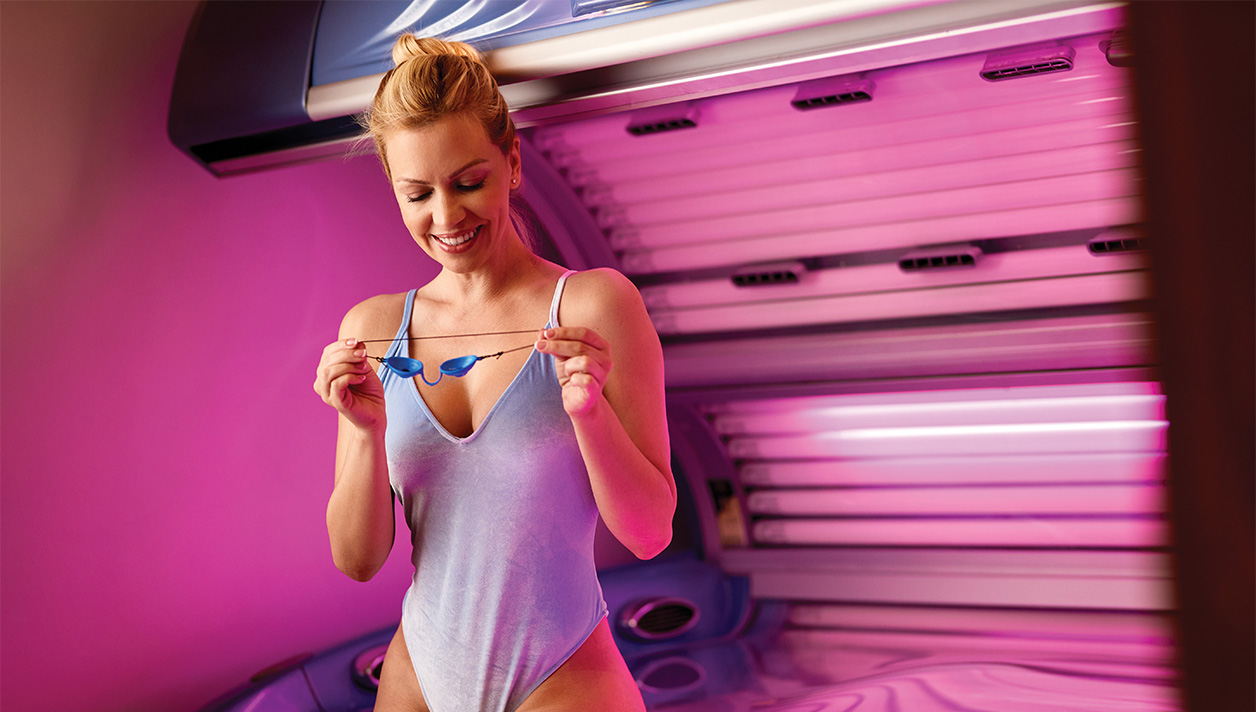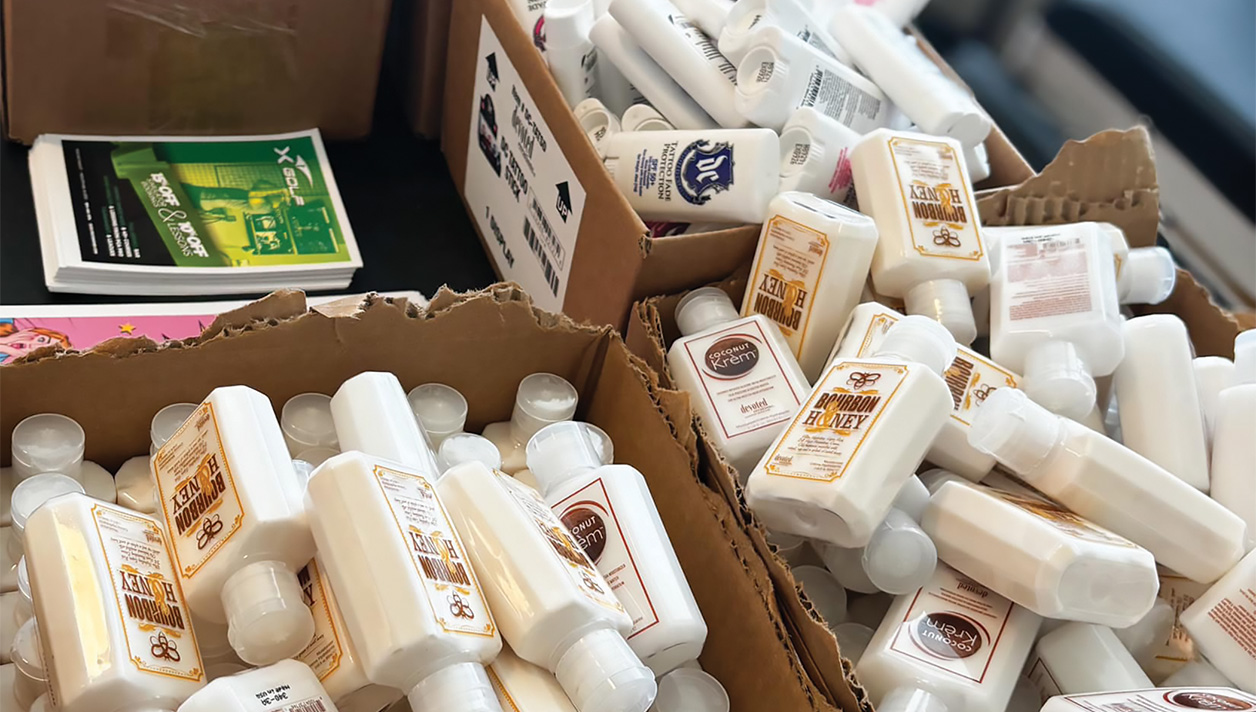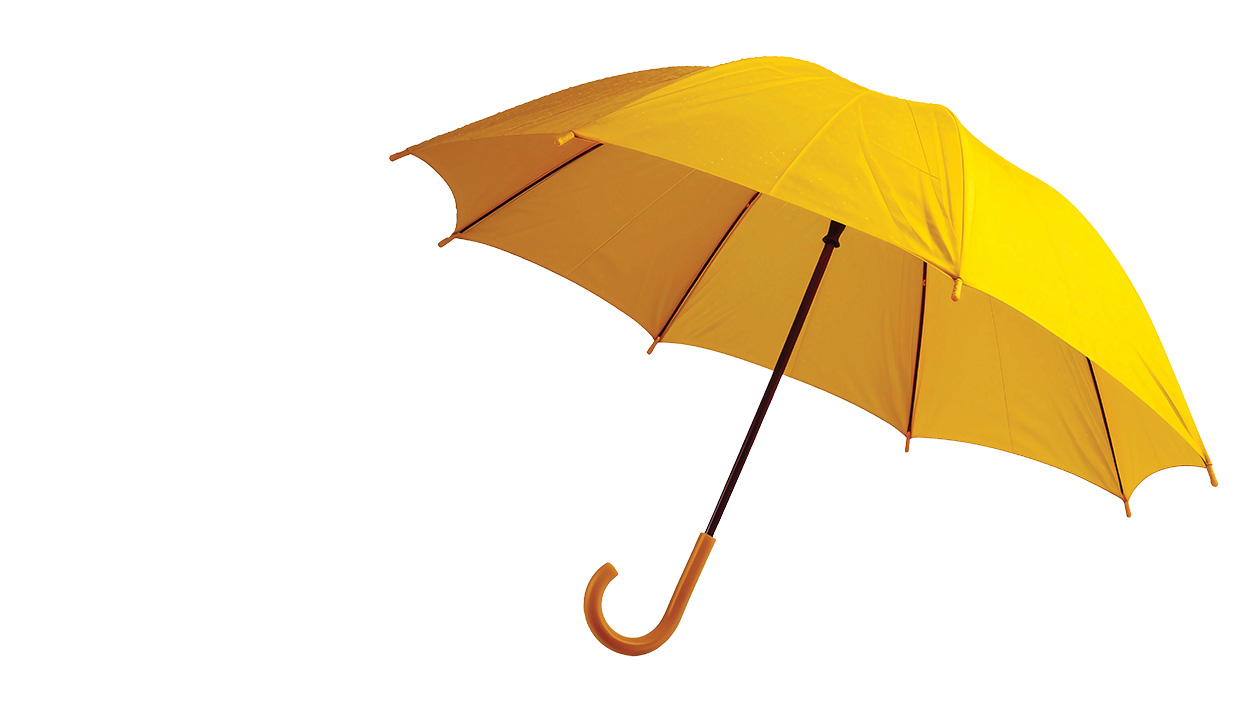Team IST searches for erroneous, suspect or negative reporting by the media that adversely impacts the tanning industry. Reports such as these have plagued tanning businesses for decades. Although the media sources will seldom admit a falsehood and print a retraction, IST offers these well-crafted responses to the negative reports that can be shared with your customers and potential customers, alike.
[gap height=”15″]
Fresh off the heels of Skin Cancer Awareness Month in May comes a news report of a new strategy to dramatically reduce deliberate and/or intentional tanning.
[gap height=”15″]
A study from San Diego State University outlined how the concept of “facial morphing” could lead people to reduce tanning frequency. This drive would intend to change the “look good, feel good” mantra that has propelled the indoor tanning industry for nearly four decades. Clearly, many people tan indoors, outdoors, or both because they feel that they look better with some color (I am one of those people). The SDSU study would try to push that folks would be less likely to tan if they were coaxed to be concerned about the increased risk of wrinkles and aging. So, here’s the method they used.
[gap height=”15″]
About 200 participants were put through three different randomized trials: 1.) they would observe a facial morphing system that would show how their face would change over the years with continued UV exposure, 2.) they would view CDC (Center for Disease Control) materials, or 3.) CDC materials combined with a ten-minute audio sequence.
[gap height=”15″]
The result? They claimed that those who watched the facial morphing system reported tanning 60% less frequently than the total of the other two groups. The researchers suggested that in the future, kiosks could be installed in doctor’s offices to preach the anti-tanning message delivered by facial morphing in the waiting room. Some even suggest that smart phone apps will also allow this technology to swell to the masses.
[gap height=”15″]
Well, slow down Sylvester, I’ve got a few questions. How were these 200 people selected? How many were Skin Type 1 – those who are not recommended to tan indoors? How many were fair-skinned Skin Type 2? How many suffered from stress? How many were cigarette smokers or excessive drinkers? Stress, excessive alcohol and smoking all can add to aging just as the process alone can provide wrinkles. In addition, some people are more genetically disposed to exhibiting signs of aging. Note information provided by the National Institutes of Health: …“Other possible contributory lifestyle factors include alcohol consumption, stress, diet, exercise, disease, and medication. In summary, the genetic influences on aging may be highly overrated, with lifestyle choices exerting far more important effects on physical aging.” goo.gl/1wYzKJ
[gap height=”15″]
Yes, I did note the last sentence and that tanning IS a lifestyle choice. I get it. But the SDSU study ignores all other lifestyle choices that can affect aging and focuses solely on tanning. Well, folks – they left out some pretty important pieces of information, wouldn’t you say?
[gap height=”15″]
Millions of people weigh the risks and benefits of UV exposure and choose professional indoor tanning facilities where sessions are delivered according to individual Skin Type and controlled by a timer to minimize the risk of overexposure and sunburn.




























